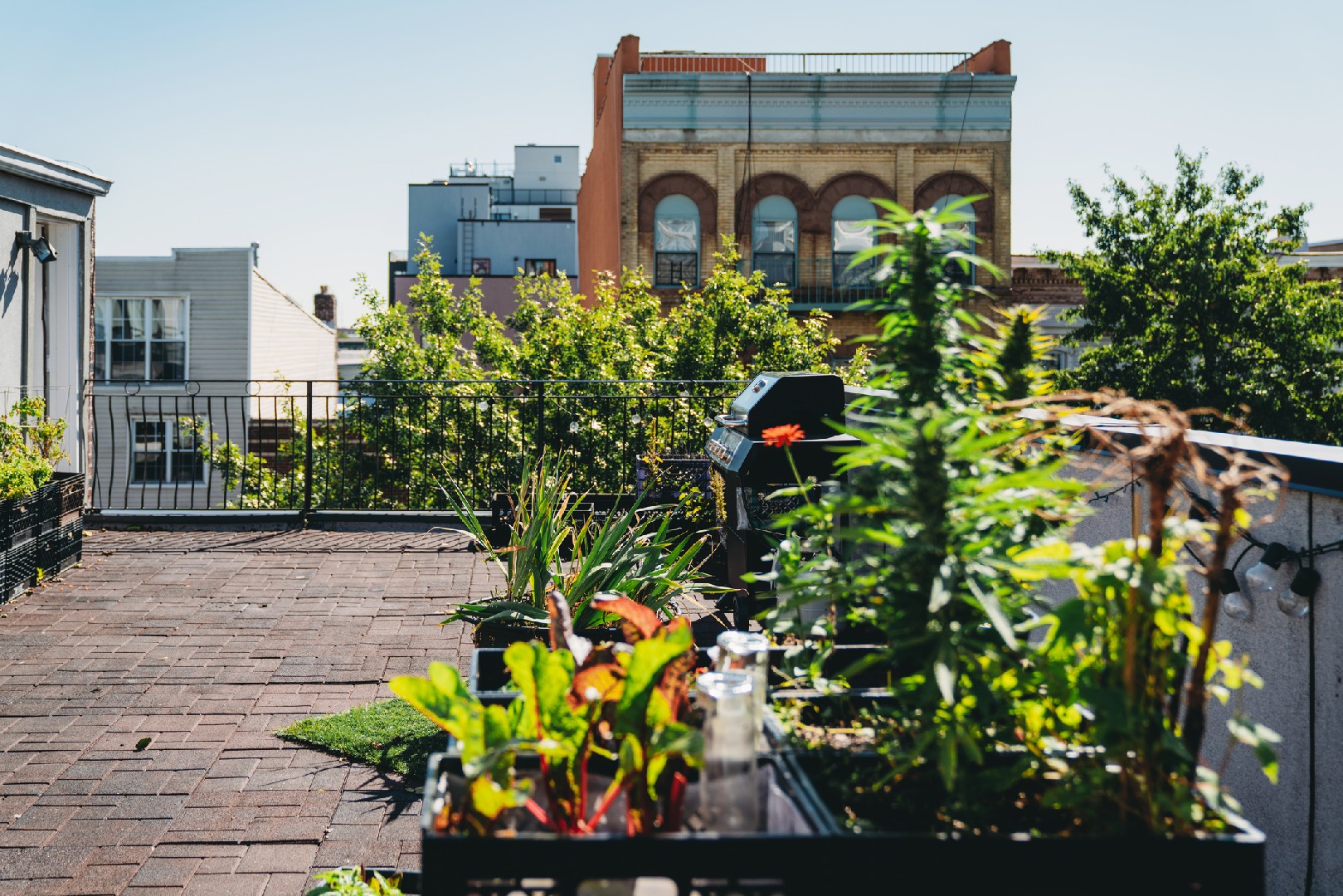![Rectangle]()
Techniques for Efficient Use of Space
When it comes to creating a flourishing garden in a limited space, there are several techniques that can help maximize your efforts. Vertical gardening is one such technique that can be highly effective in making the most of your available space. By utilizing walls, fences, or trellises, you can grow plants vertically, freeing up valuable ground space. This method not only adds visual interest to your garden but also increases your overall yield.
To implement vertical gardening, consider using containers or hanging baskets that can be attached to walls or suspended from overhead structures. This allows plants to grow upwards, taking advantage of the vertical space. Additionally, trellises and stakes can be used to support climbing plants such as tomatoes, cucumbers, and beans, further optimizing space utilization.
Container gardening is another practical technique for maximizing limited space. This method involves growing plants in pots or other containers, providing flexibility and mobility. Containers can be placed on patios, balconies, or even windowsills, allowing you to grow a variety of edible plants in spaces where traditional gardening is not feasible.
When choosing containers, opt for those that are deep enough for root growth and have good drainage. Additionally, consider using lightweight containers that can be easily moved around as needed. This way, you can position your plants strategically to take advantage of sunlight and optimize space usage.
Companion planting is a valuable strategy for maximizing yield in a small garden. By selecting companion plants that benefit each other, you can make the most of your limited space. Companion plants can deter pests through natural defenses, attract beneficial insects for pollination, or provide shade and support for other plants.
For example, planting marigolds alongside tomatoes can help repel nematodes, while basil planted near tomatoes can enhance their flavor. Similarly, planting tall sunflowers alongside shorter crops can provide shade and wind protection.
In conclusion, when it comes to maximizing a limited space for edible landscaping, utilizing techniques such as vertical gardening, container gardening, and companion planting can make a significant difference. These practical methods not only optimize space usage but also add visual appeal and increase yield. By implementing these strategies, you can enjoy a bountiful garden in even the smallest of spaces.





